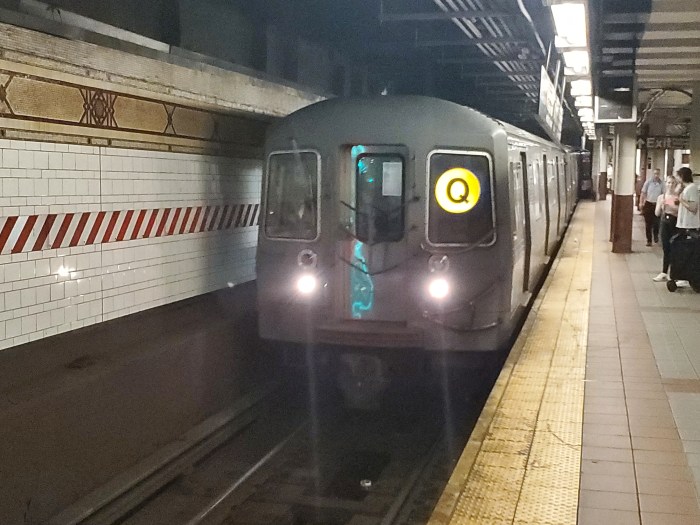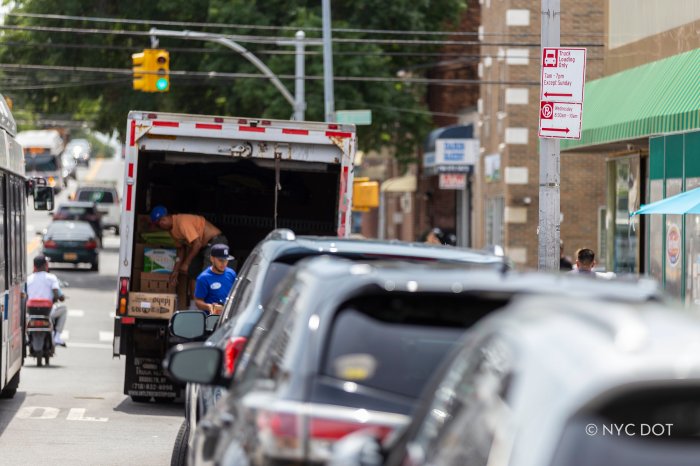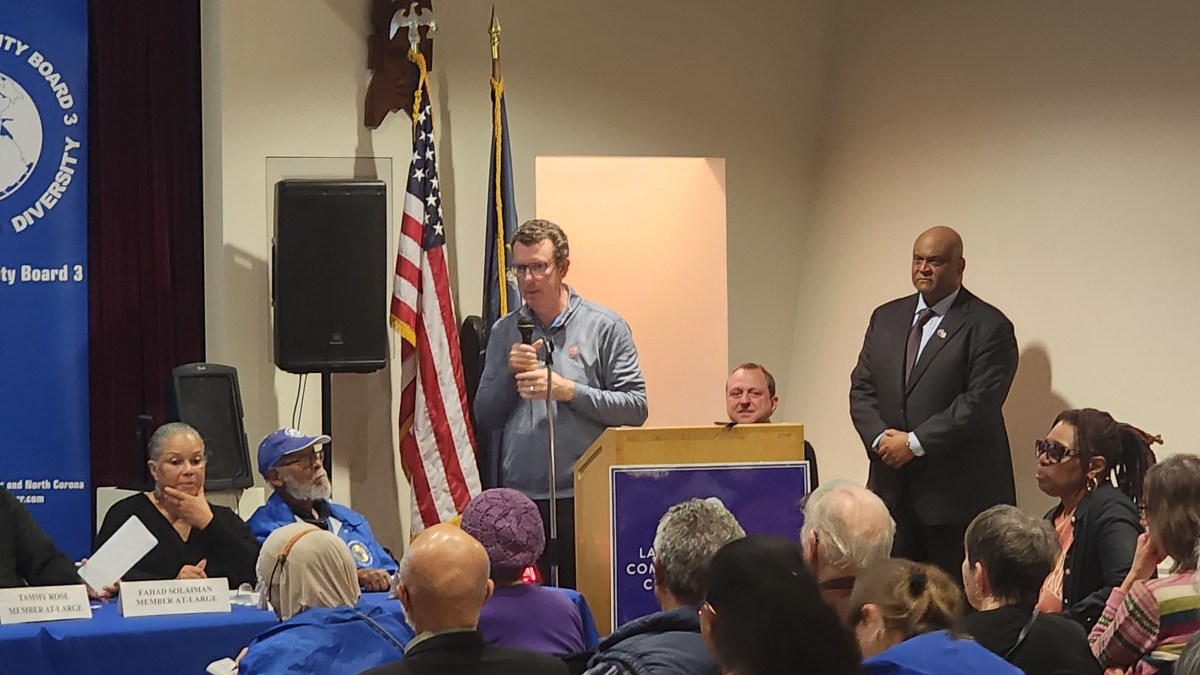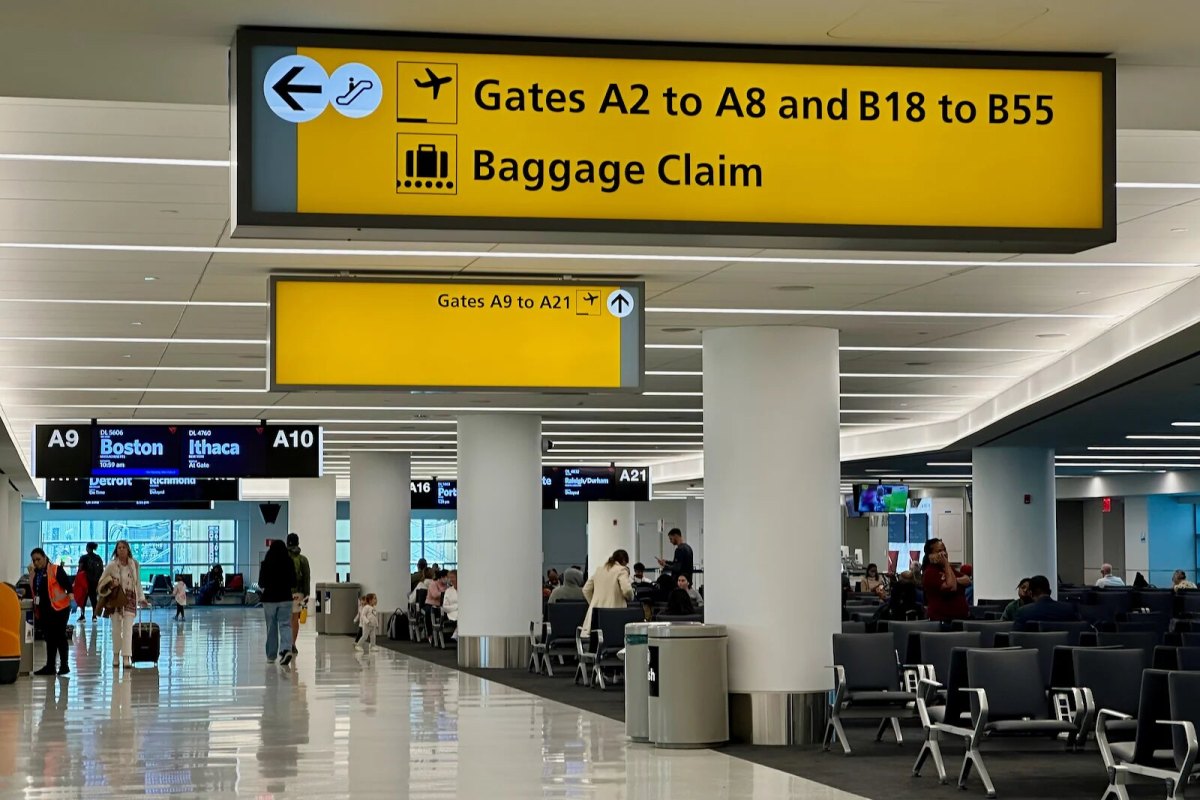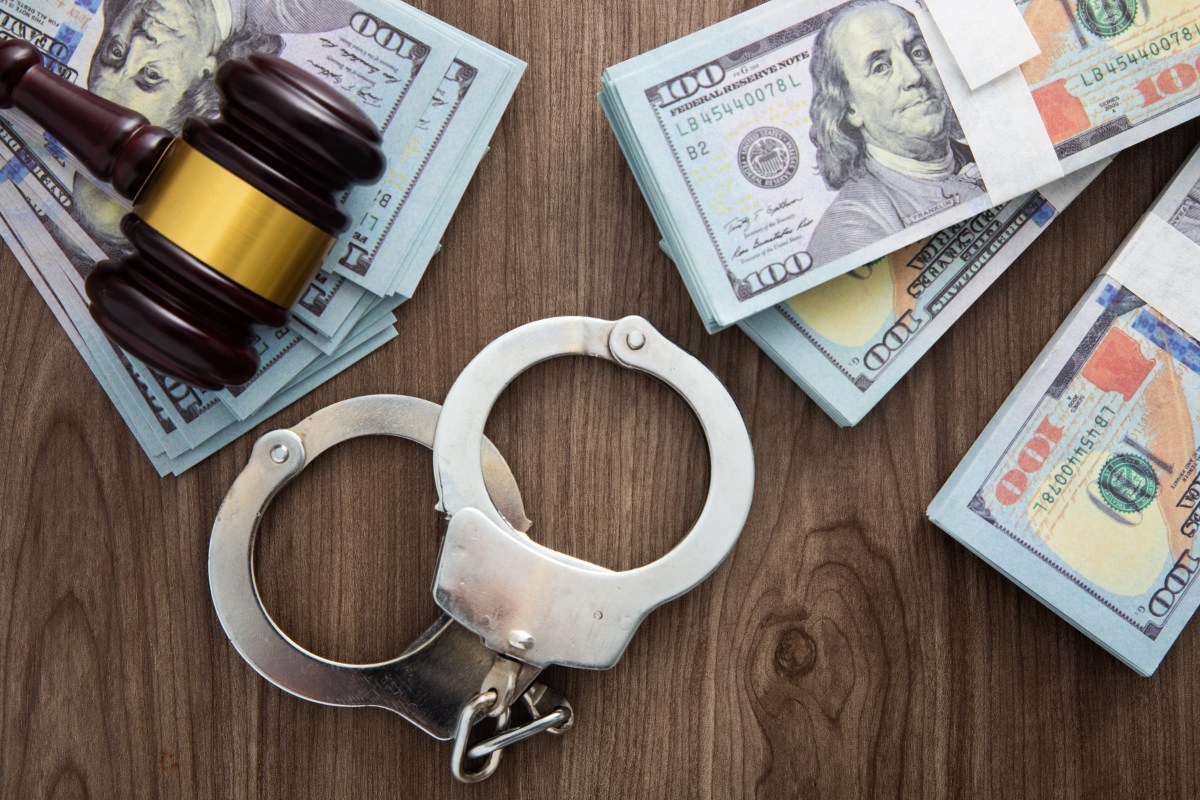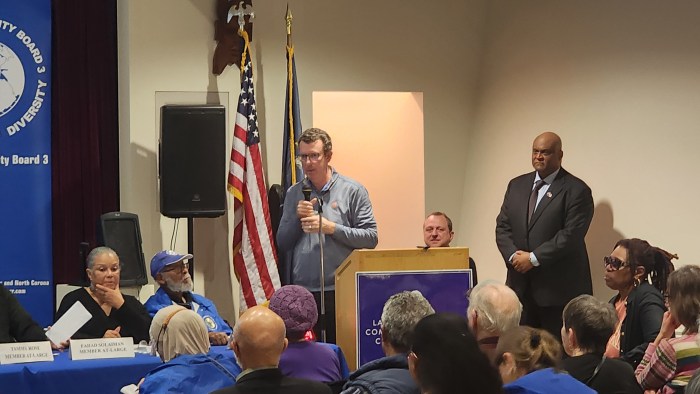
The subway is loud, but that’s more than just annoying: it could cause hearing to deteriorate over time.
On International Noise Awareness Day, its 20th year, Brad Witt, the hearing conservation director at Honeywell Safety Products, said that blasts of loud noise from an aging subway system is bad for hearing health, along with the cacophony from the street or in particular jobs.
“Some people think that they have tough ears and it’s not going to bother them for just a few seconds,” Witt told amNewYork. “But those repeated exposures over time certainly are hazardous and take their toll.”
Subway noise from a station platform is 80 dB on average, but peaks at levels higher than 100 dB, according to a 2009 study in the American Journal of Public Health. A noise hazard is listening to 85 dB over eight hours, or 100 dB for 15 minutes, according to Witt.
In 2013, amNewYork tested noise levels with an audiologist and a handheld reader at a few stations, including Union Square, where trains loudly screech when they enter the station, sending fingers into ears.
“One train coming in is not going to be 15 minutes, but multiple trains coming in, it’s cumulative,” he said. “That cumulative exposure throughout the day, throughout the week, suddenly you’re in that range where, yes, some percentage of the population can be losing hearing, simply through that commuting noise.”
Good news for riders to hear, though, is that the 2009 study found subway noise levels have declined since 1971, when a study found the noise range to be from 87 to 110 dB.
MTA spokesman Kevin Ortiz noted that newer, continuously welded tracks and rail fasteners, brake shoes, wheels and track lube have cut noise down. Alarms on emergency doors last year were cut, as riders treated them as regular exits, and many stations also have noise absorbing barriers.
“NYC Transit will continue to look for other noise abatement strategies that are adaptable to the subway and bus environment as they become available,” he said.




